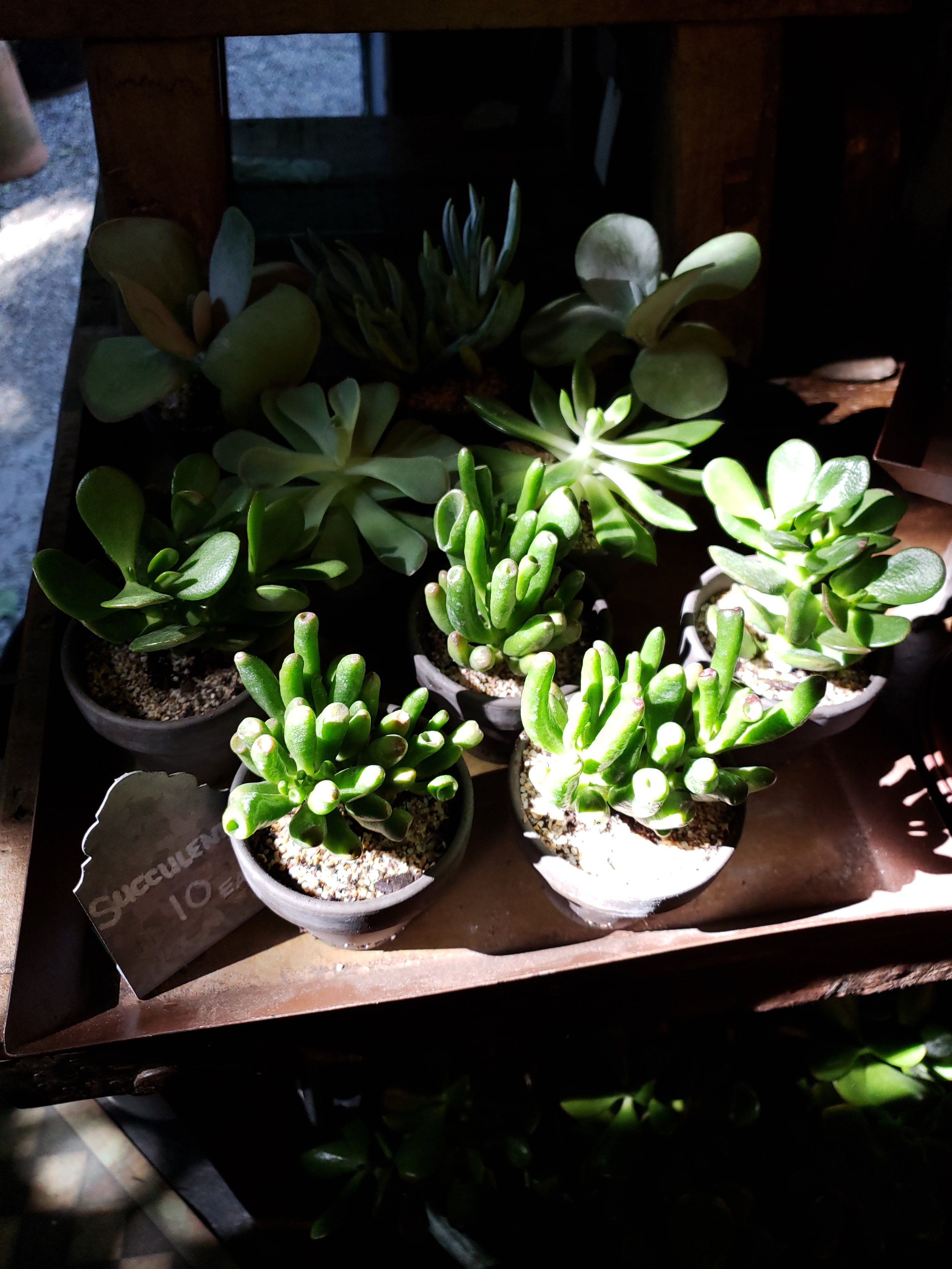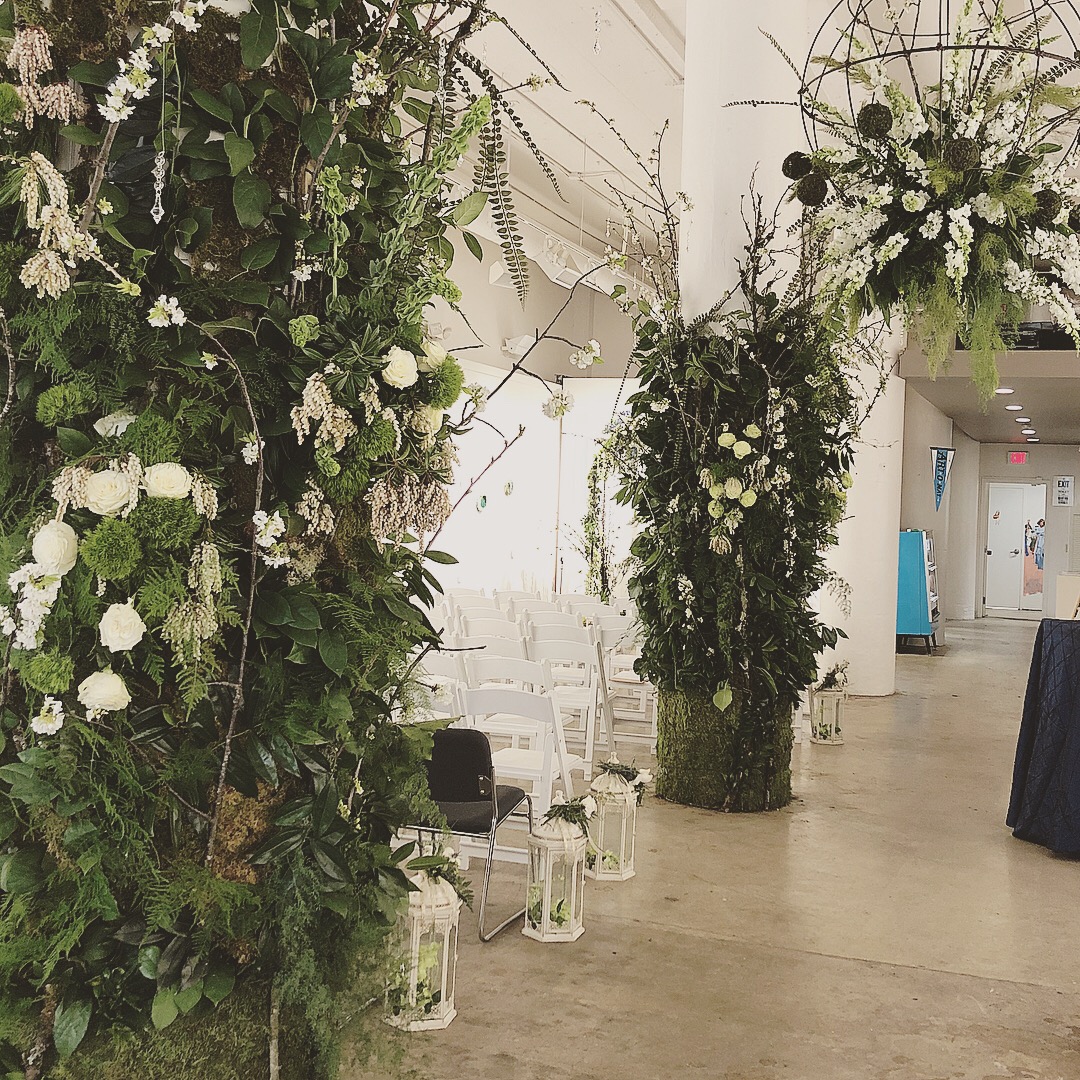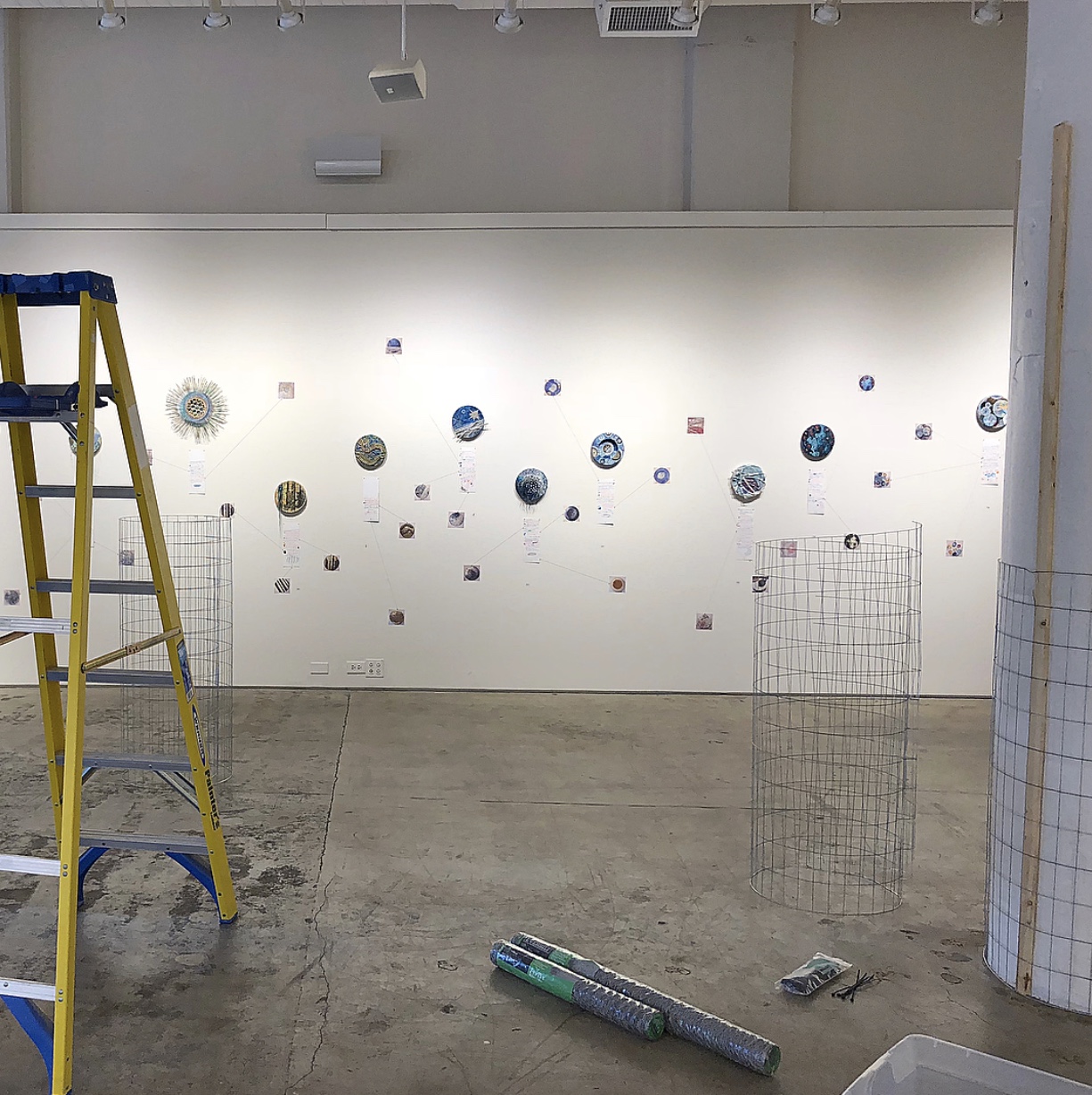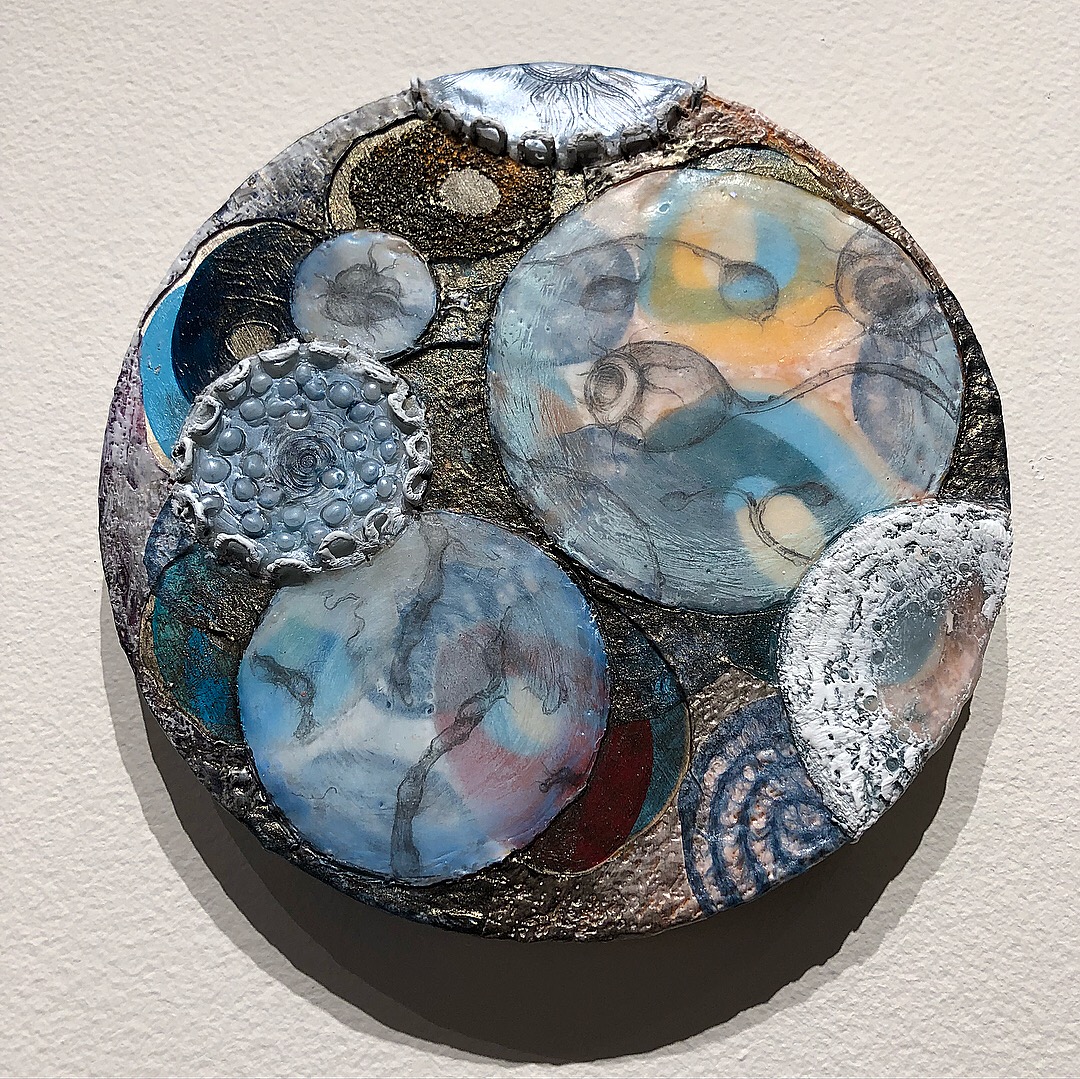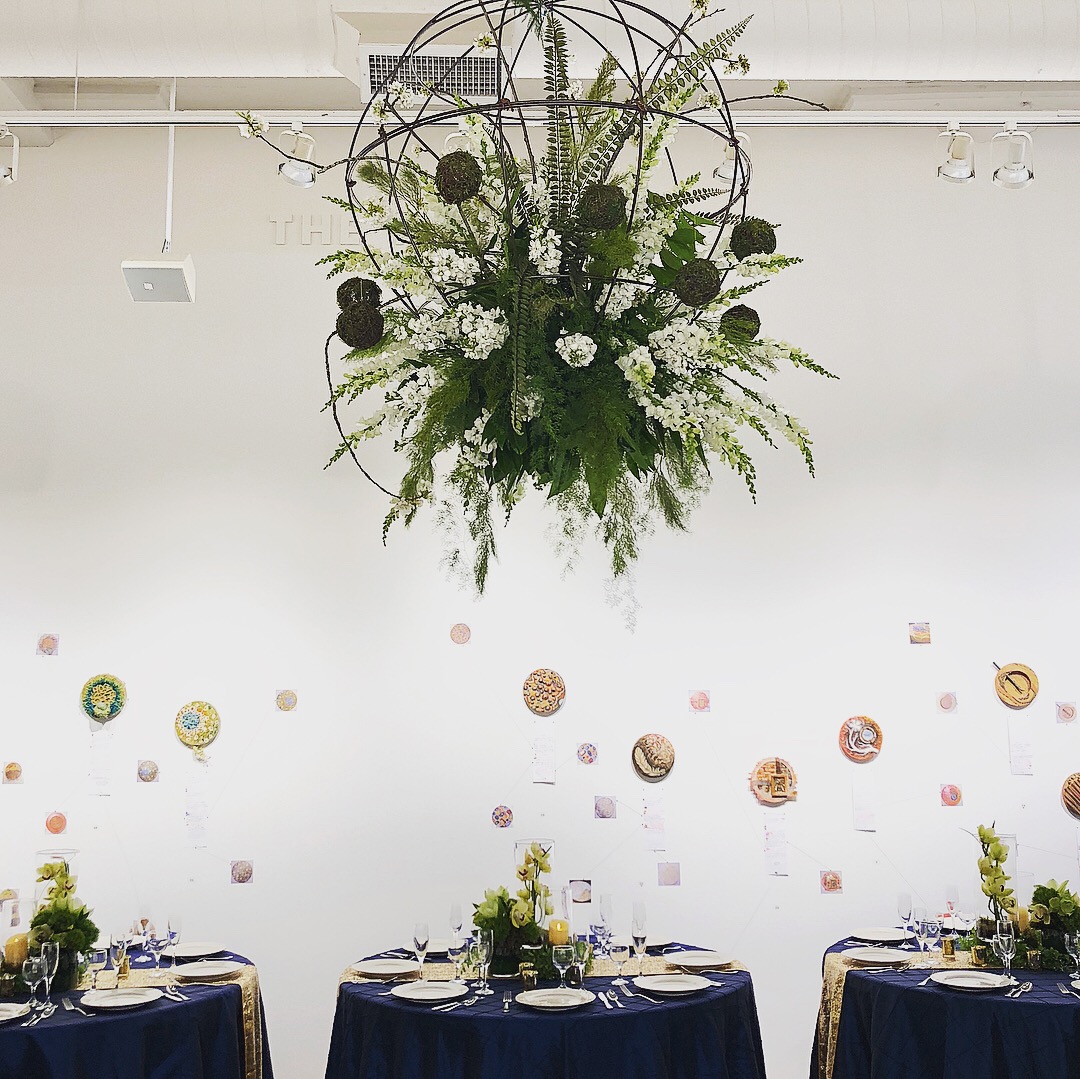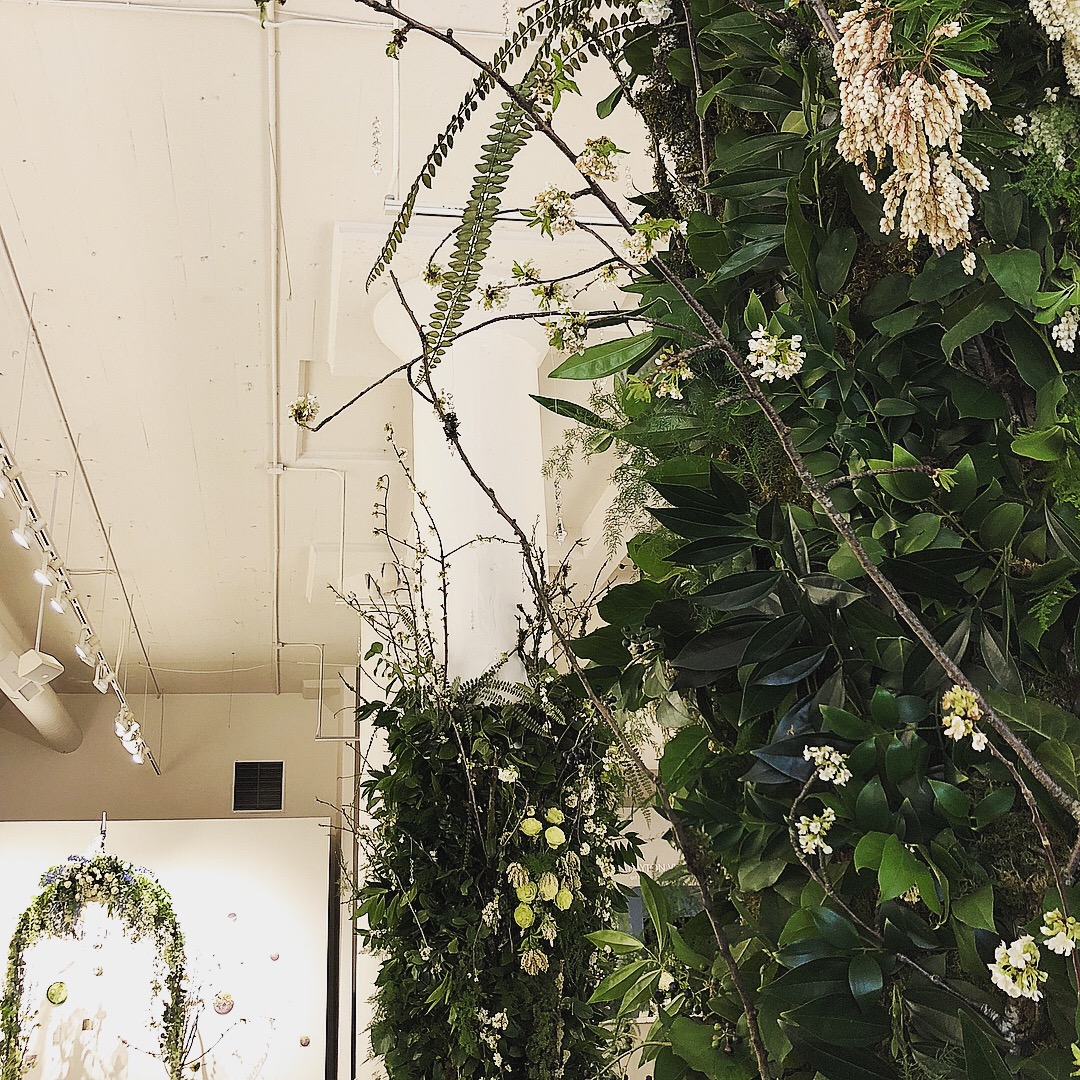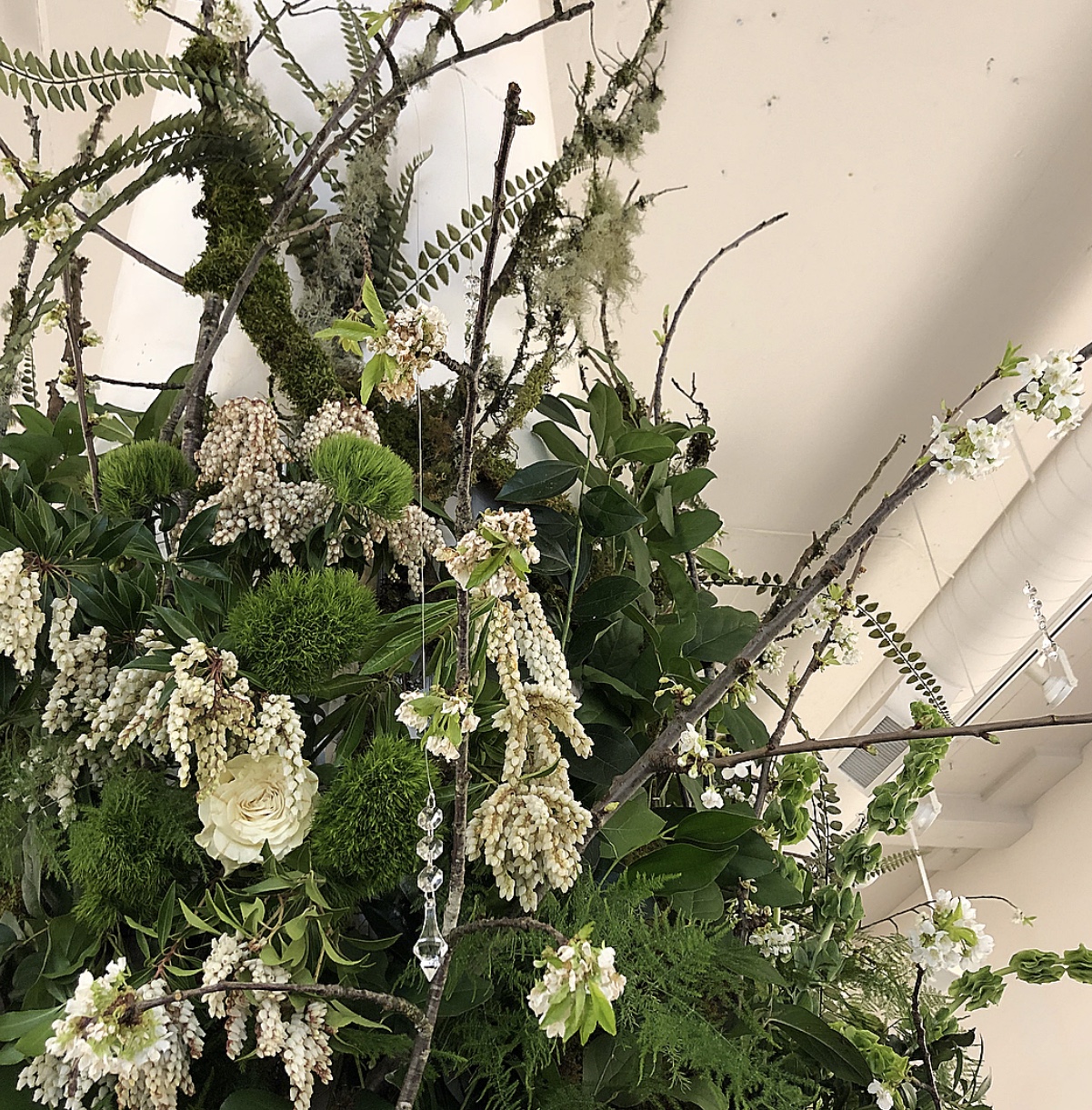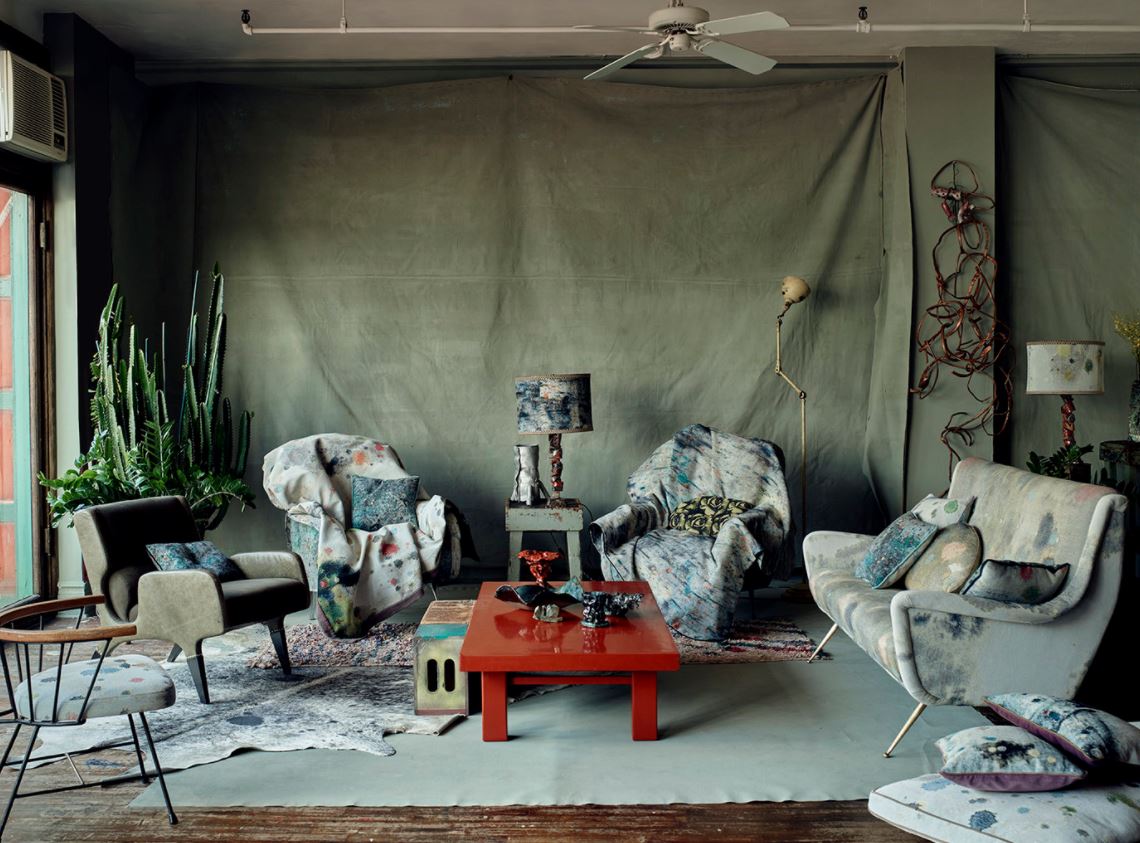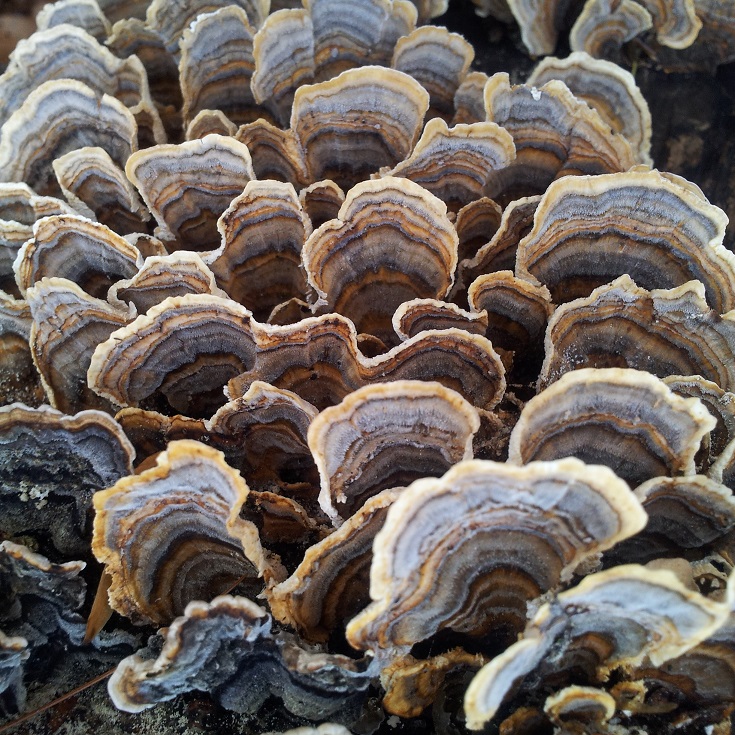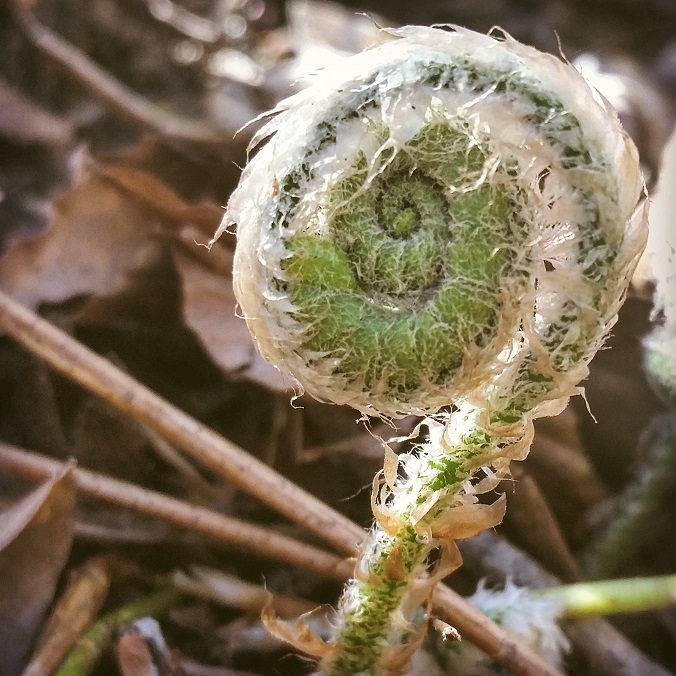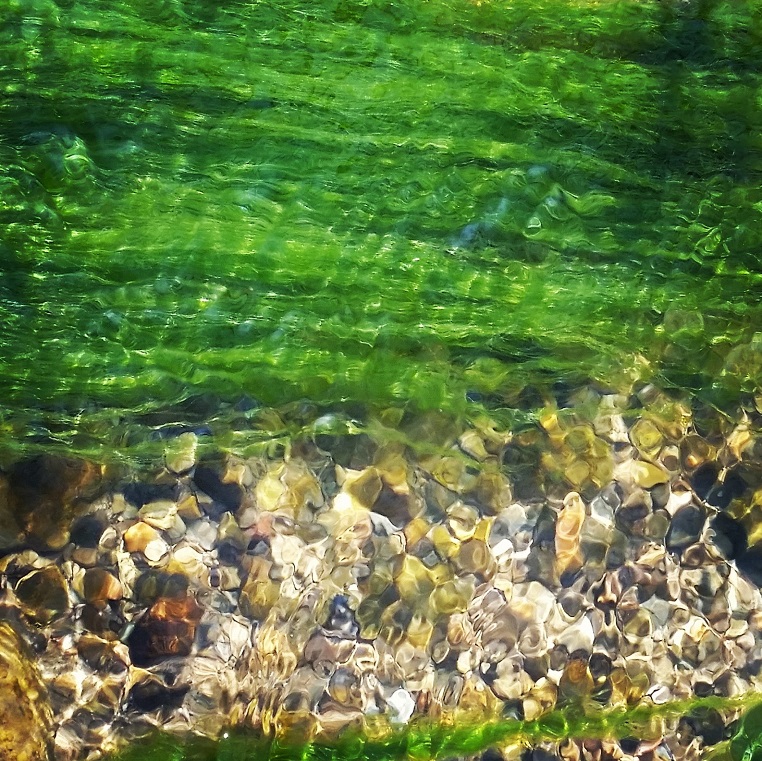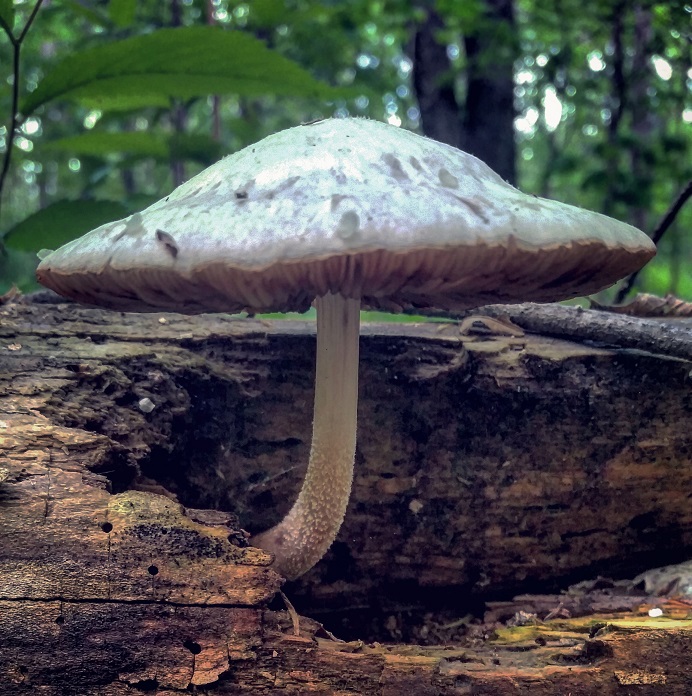When this Morning Sun thing started in 1989 in Tipp City, I thought I’d have it five years if I was lucky. I spent 12 wonderful years in Tipp, and then moved to Centerville where I’ve spent an incredible 17 years! …Well now, a total of 29 Years later, I’m making another big move!
As my 30th year in business approaches, I’ve had several thoughts about what my next move should be. The easiest thing for me to do would be to stay put here in Centerville in my safe place. Or, alternatively, I’ve even had thoughts of closing up shop, leaving town, and getting a job workin’ for the man. Both options didn’t seem right… This is my baby, this is my life. Not only that, Morning Sun has become more than a place that just sells flowers, plants, and pretty things: It is a moment of sanctuary for so many, and I am very humbled and honored to be a part of it all.
So. Rather than skipping town, I figured it would be nice to have a fresh outlook, a new space to be in and celebrate my 30th year in business… A new place and source of inspiration and creativity! At almost the same time I decided to search for a new place for Morning Sun, this funky old former grocery (turned jewelry store, turned salon) became available in Oakwood.
When I first saw the space that became vacant in Oakwood, (even through its unattractive interior), I could see Morning Sun. I have to admit, it has been a little overwhelming from the start of signing the new lease to now: permits, approvals, scheduling contractors, electricians, plumbers, etc. But since we’ve been able to renovate and start painting, Morning Sun is finally starting to peek through like I knew it would!
I am thrilled that all of my employees are just as excited as I am, and I hope that you are too! We can’t wait to share our new home with you in the next few months… We will keep you posted when we get closer to nailing down the exact date for our move. In the meantime, I hope you will come and visit us and keep cheering us on. We have a lot of work ahead of us!
I also want to sincerely thank you all for your continued support and well wishes... Without you this would not be possible.
Darla
p.s. Make sure you are on our mailing list to receive our updates and invitations to our upcoming workshops (workshops! – we’re going to have room for these now!) and don’t forget about our annual Morning Sun events! (we aren’t mailing postcards anymore)…
Subscribe here: http://morningsunflorist.com/contact-us/

